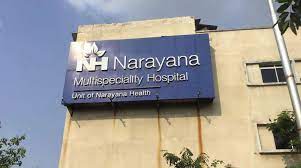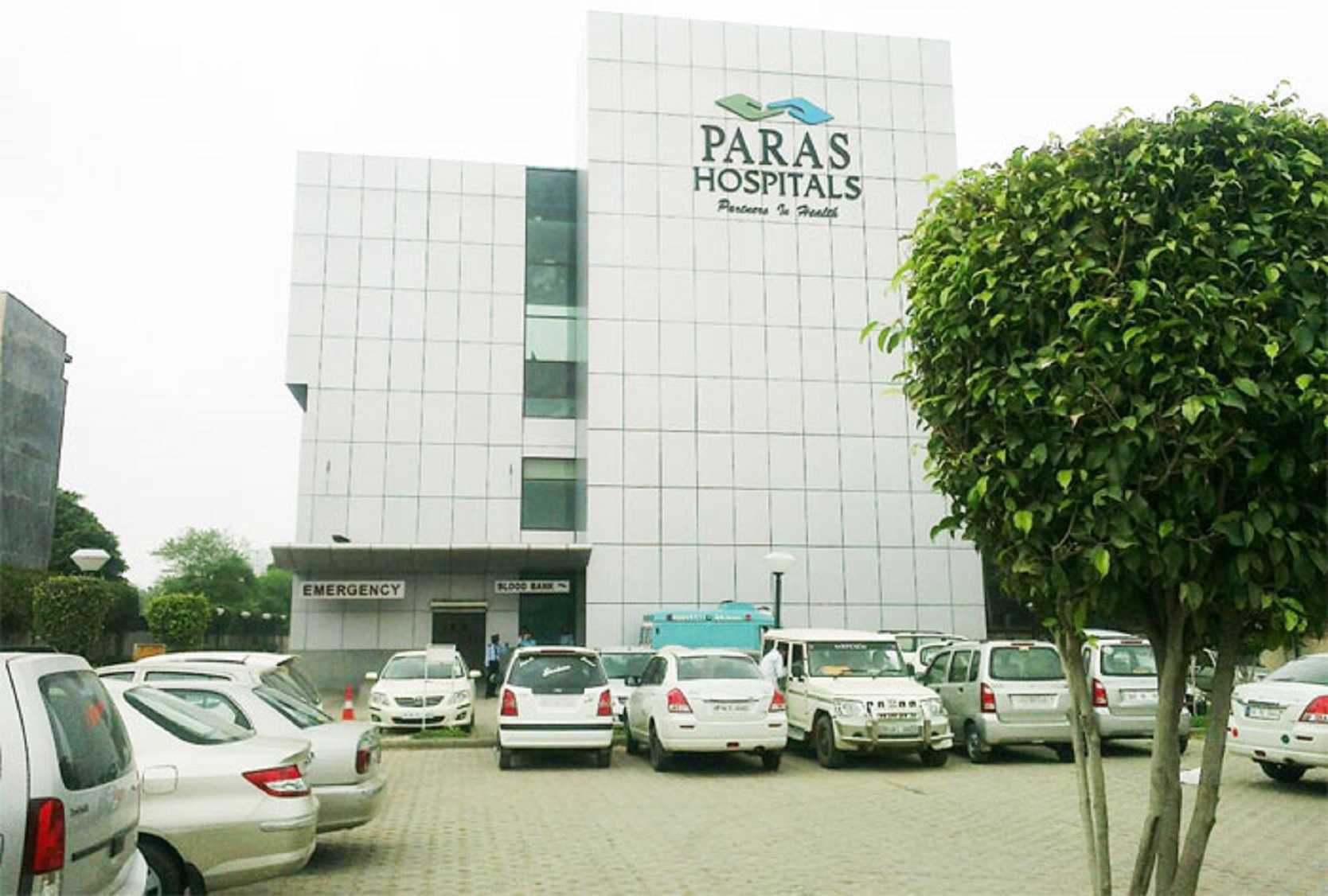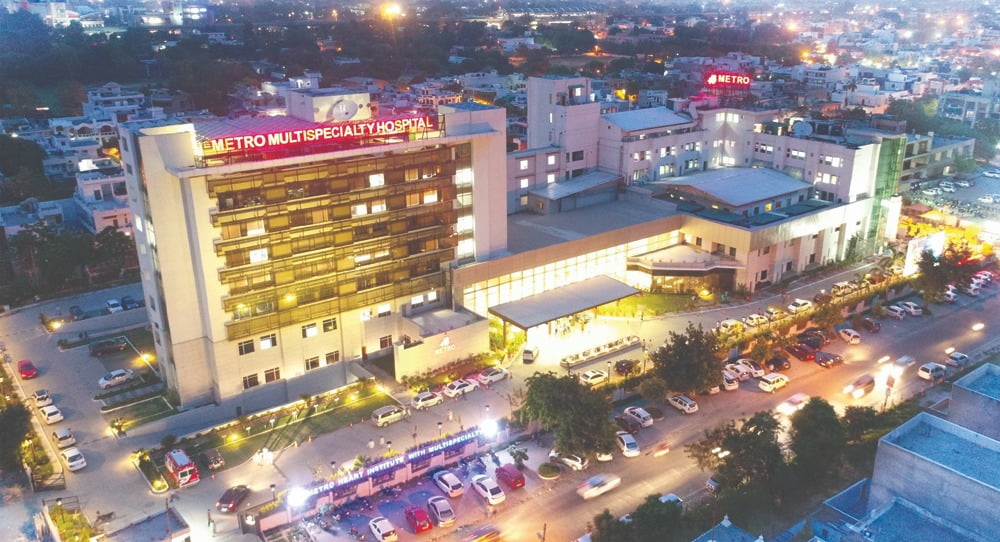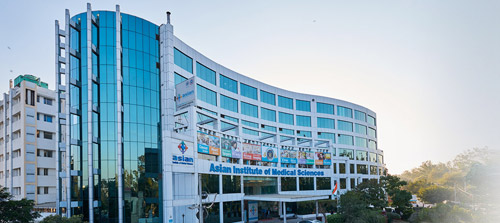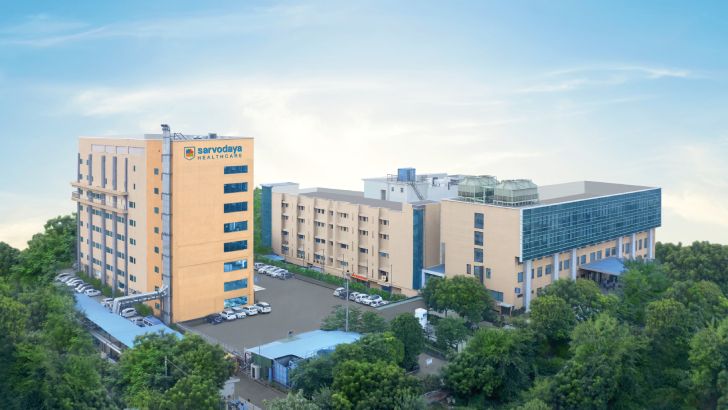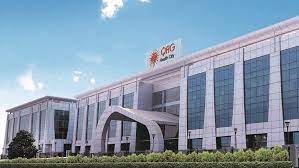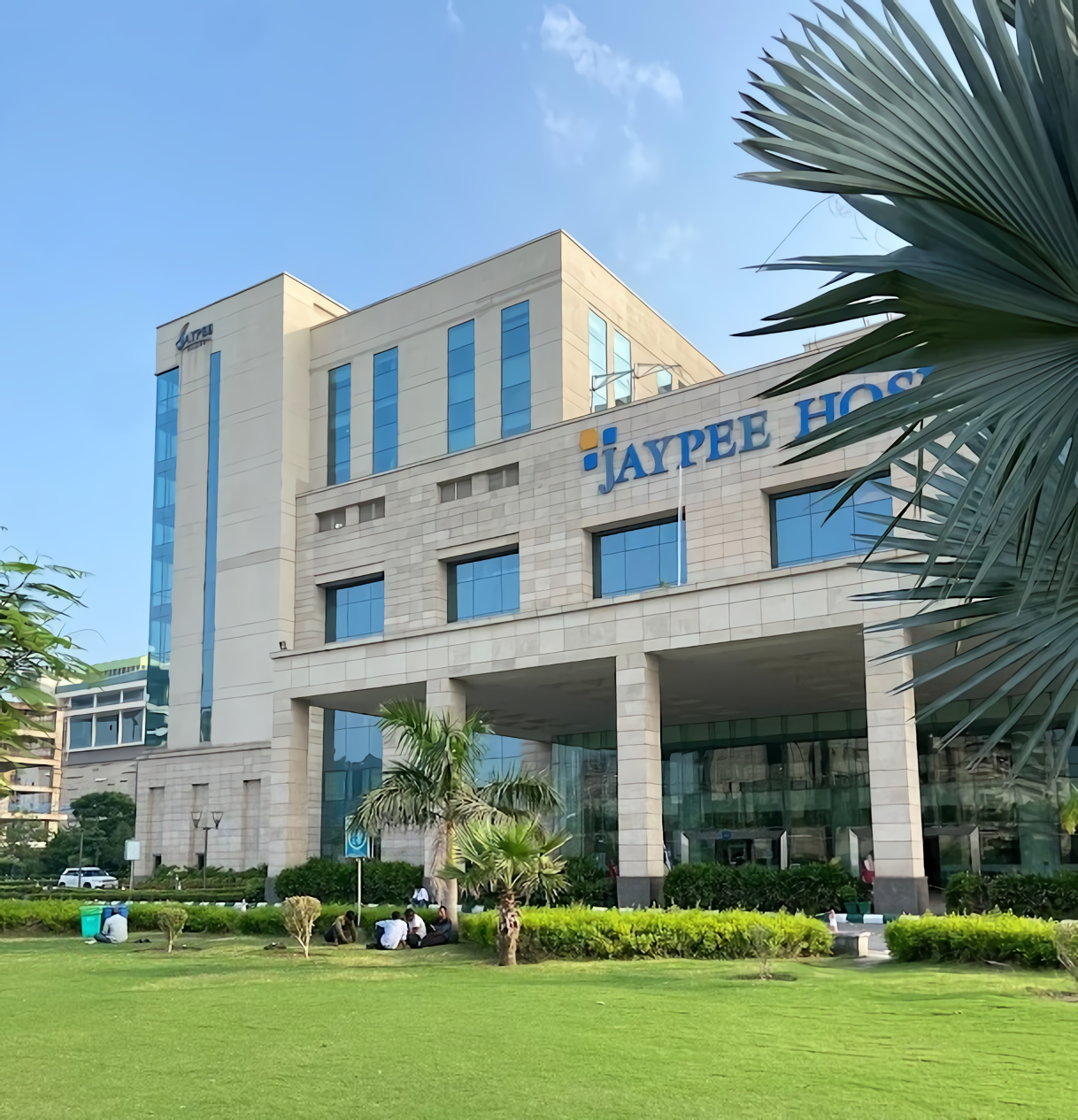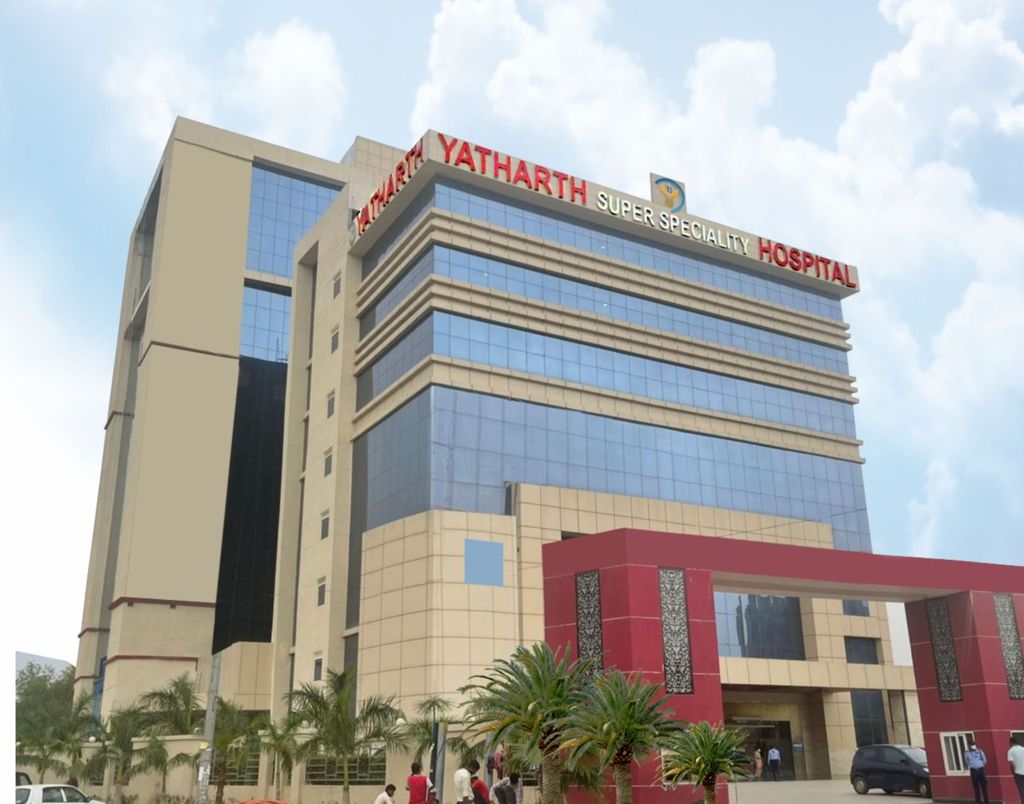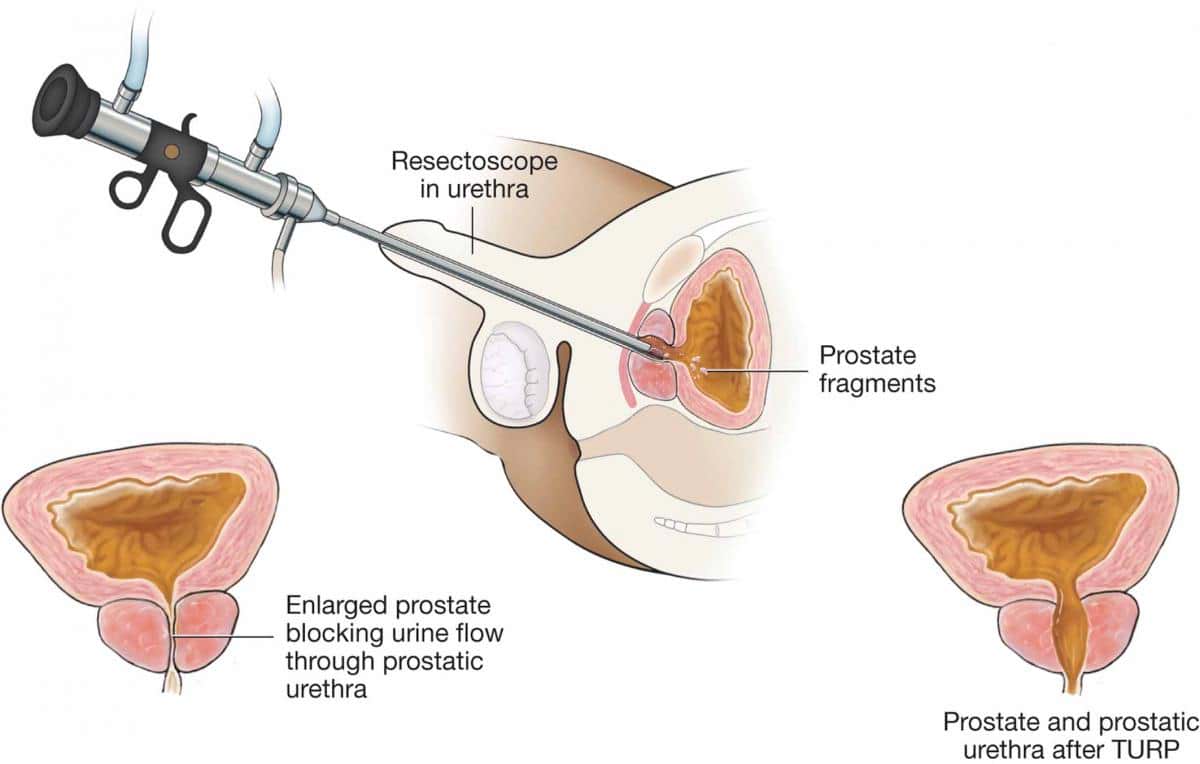TURP cost in India
The cost of Transurethral resection of the prostate (TURP) in India ranges from USD 3200 to USD 6000
TURP:
Prostate transurethral resection is a urological procedure. It's a medication that's used to treat benign prostatic hyperplasia (BPH). It involves seeing the prostate through the urethra and removing tissue using electrocautery or sharp dissection, as the name suggests.
The prostate aids in the production of sperm. Transurethral resection of the prostate (TURP) is a procedure in which sections of the prostate gland are removed through the penis. There are no incisions required. By inserting a tool into the end of the penis and passing it via the urethra, the surgeon can reach the prostate.
When prostate enlargement produces bothersome symptoms and fails to respond to therapy, TURP is frequently indicated. Problems beginning to pee are one of the symptoms that may improve following TURP. a sluggish urine flow, or stopping and resuming.
TURP:
Prostate transurethral resection is a urological procedure. It's a medication that's used to treat benign prostatic hyperplasia (BPH). It involves seeing the prostate through the urethra and removing tissue using electrocautery or sharp dissection, as the name suggests.
The prostate aids in the production of sperm. Transurethral resection of the prostate (TURP) is a procedure in which sections of the prostate gland are removed through the penis. There are no incisions required. By inserting a tool into the end of the penis and passing it via the urethra, the surgeon can reach the prostate.
When prostate enlargement produces bothersome symptoms and fails to respond to therapy, TURP is frequently indicated. Problems beginning to pee are one of the symptoms that may improve following TURP. a sluggish urine flow, or stopping and resuming.
Disease Overview:
Benign prostatic hyperplasia (BPH)
As men become older, benign prostatic hyperplasia (BPH), often known as prostate gland enlargement, becomes more frequent. An enlarged prostate gland can produce unpleasant urinary symptoms including stopping urine from leaving the bladder. It can also create difficulties with the bladder, urinary system, or kidneys.
Prostate gland enlargement can be treated with a variety of options, including medicines, minimally invasive therapy, and surgery. You and your doctor will evaluate your symptoms, the size of your prostate, any other health concerns you may have, and your preferences when deciding on the best alternative.
Disease Signs and Symptoms
The intensity of symptoms in patients with enlarged prostate glands vary, but they tend to get worse over time. The following are some of the most common indications and symptoms of BPH:
- Urge to urinate often or urgently
- Urination is more frequent at night (nocturia)
- Urination is difficult to begin.
- At the conclusion of urination, a weak urine stream or one that pauses and resumes dribbling
- Inability to empty the bladder entirely
The following are some of the less prevalent indications and symptoms:
- Infection of the urinary tract
- Urinary incontinence
- Urine with blood
The severity of your symptoms isn't always determined by the size of your prostate. Some men with slightly enlarged prostates might experience considerable symptoms, while others with significantly enlarged prostates may only experience minor urine problems. In some men, symptoms eventually stabilize and might even improve over time.
Disease Causes:
Underneath your bladder lies the prostate gland. The urethra (the tube that takes urine from the bladder out of your penis) passes through the prostate's core. When the prostate grows larger, it begins to obstruct the flow of urine.
Most men's prostates continue to develop throughout their lives. Many men's prostates swell to the point where they produce urinary symptoms or considerably obstruct urine flow as a result of their continuing development.
Disease Diagnosis:
Your doctor will begin by inquiring about your symptoms in detail and performing a physical examination. The following items are likely to be included in this first examination:
- Rectal examination with a digital camera. To examine for prostate enlargement, the doctor puts a finger into the rectum.
- A urine test is performed. An infection or other illnesses that might produce similar symptoms can be ruled out by analysing a sample of your urine.
- A blood test is required. The results might point to an issue with the kidneys.
- Blood test for prostate-specific antigen (PSA). PSA is a hormone generated by the prostate gland. When you have an enlarged prostate, your PSA levels rise. PSA levels can also be increased as a result of recent operations, infection, surgery, or prostate cancer.
Following that, your doctor may suggest more testing to confirm or rule out an enlarged prostate.
These tests include the following:
- Urinary flow test is a procedure that measures the flow of urine in the body. You pee into a container connected to a machine that measures the strength and volume of urine you produce. The findings of your tests might help you assess whether your health is improving or worse over time.
- Test for residual volume after voiding. This test determines if you can totally empty your bladder. The test can be performed using ultrasonography or by putting a catheter into your bladder after you have urinated to determine how much pee is remaining in your bladder.
- A voiding journal that lasts 24 hours. If more than one-third of your daily urinary output occurs at night, keeping track of the frequency and volume of pee may be extremely beneficial.
If your problem is more serious, your doctor may suggest that you:
- Ultrasound in the transrectal area. To measure and analyse your prostate, an ultrasound probe is put into your rectum.
- Biopsy of the prostate. Transrectal ultrasonography is used to guide needles used to obtain prostate tissue samples (biopsies). Prostate cancer can be diagnosed or ruled out by examining the tissue.
- Studies on urodynamics and pressure flow. A catheter is inserted into your bladder through your urethra. Your bladder is progressively injected with water or, less usually, air. The pressure in your bladder can then be measured by your doctor to see how well your bladder muscles are performing. These tests are often reserved for men who have suspected neurological disorders or who have undergone a previous prostate operation and are still experiencing symptoms.
- Cystoscopy. Your doctor will place a lighted, flexible device (cystoscope) into your urethra to view inside your urethra and bladder. Before the exam, you will be given a local anaesthetic.
Disease Treatment
An enlarged prostate can be treated with a range of options, including medication, minimally invasive therapy, and surgery. The optimum treatment option for you is determined by a number of criteria, including:
- Your prostate's dimensions
- Age
- Your general well-being
- The level of discomfort or annoyance you're feeling
- If your symptoms are manageable, you may choose to postpone therapy and merely monitor them. Symptoms in some men may improve without therapy.
Medication
For mild to severe symptoms of prostate enlargement, medication is the most frequent therapy. Among the possibilities are:
Alpha-blocking agents. These drugs relax the bladder neck muscles and the prostate muscle fibres, making urination simpler.
Inhibitors of 5-alpha reductase. These drugs reduce prostate size by inhibiting hormonal changes that cause it to expand.
Drug treatment in combination. If one medicine isn't working, your doctor may prescribe a combination of an alpha blocker and a 5-alpha reductase inhibitor.
Tadalafil is a drug that is used to treat erect (Cialis). According to research, this drug, which is commonly used to treat erectile dysfunction, can also be used to treat prostate enlargement.
Surgical or minimally invasive therapies
If you have any of the following symptoms, minimally invasive or surgical treatment may be recommended:
- Your signs and symptoms range from mild to severe.
- Your symptoms have not been alleviated by medication.
- You have a blockage in your urinary tract, bladder stones, blood in your urine, or kidney issues.
- You prefer a long-term solution.
If you have the following conditions, minimally invasive or surgical therapy may not be a choice for you:
- An infection of the urinary system that has gone untreated
- Urethral stricture is a condition that affects the urethra.
- Prostate radiation therapy or urinary tract surgery is a risk factor.
- Parkinson's disease or multiple sclerosis are examples of neurological disorders.
Any prostate operation might result in negative side effects. Complications may arise depending on the technique you choose:
- During ejaculation, sperm flows backward into the bladder instead of out via the penis (retrograde ejaculation)
- Urinary incontinence for a short period of time
- Infection of the urinary tract
- Bleeding
- Erectile dysfunction (ED) is a condition that affects men
- Bladder control loss is a rare occurrence (incontinence)
Minimally invasive or surgical treatments come in a variety of forms.
Prostate excision through the urethra (TURP)
The surgeon inserts a lighted scope into your urethra and removes everything except the outside section of the prostate. TURP improves symptoms rapidly, and most men notice a boost in urine output shortly after the treatment.
You may require a catheter to empty your bladder briefly after TURP.
Prostate incision via the urethra (TUIP)
The surgeon inserts a lighted scope into your urethra and makes one or two tiny incisions in the prostate gland, making it easier for urine to pass through. If you have a tiny or moderately enlarged prostate gland, this procedure may be a possibility, especially if you have health issues that make other treatments too hazardous.
Thermotherapy using microwaves in the urethra (TUMT)
A particular electrode is inserted into your prostate region through your urethra by your doctor. The electrode's microwave radiation kills the inner section of the enlarged prostate gland, reducing it and making it easier to pass urine.
TUMT may only partly ease your symptoms, and you may not notice any changes for some time. Because re-treatment may be required, this procedure is often reserved for tiny prostates in exceptional cases.
Transurethral needle ablation (TUNA) is a procedure in which a scope is inserted into your urethra and needles are inserted into your prostate gland. The needles are heated and destroyed by radio waves, which heat and kill excess prostate tissue that is obstructing urine flow. In some circumstances, TUNA may be an alternative, although it is no longer commonly utilised.
Laser therapy is a type of treatment that uses light
Overgrown prostate tissue is destroyed or removed with a high-energy laser. Non-laser surgery has a higher risk of adverse effects and may not treat symptoms as quickly as laser therapy.
Special tags are used to compress the sides of the prostate to increase the flow of urine. The procedure might be recommended if you have lower urinary tract symptoms. PUL also might be offered to some men concerned about treatment impact on erectile dysfunction and ejaculatory problems, since the effect on ejaculation and sexual function is much lower with PUL that it is with TURP.
Embolization
In this experimental procedure, the blood supply to or from the prostate is selectively blocked, causing the prostate to decrease in size. Long-term data on the effectiveness of this procedure aren't available.
Open or robot-assisted prostatectomy
The surgeon makes an incision in your lower abdomen to reach the prostate and remove tissue. Open prostatectomy is generally done if you have a very large prostate, bladder damage or other complicating factors. The surgery usually requires a short hospital stay and is associated with a higher risk of needing a blood transfusion.
Men who use blood-thinning drugs and shouldn't undergo other prostate operations may benefit from laser treatment.
The following are some laser treatment options:
Procedures that are considered to be abortive. To enhance urine flow, these techniques vaporise obstructive prostate tissue. Photoselective vaporisation of the prostate (PVP) and holmium laser ablation of the prostate are two examples (HoLAP). Because ablative techniques might induce bothersome urinary symptoms following surgery, a second resection procedure may be required in some cases.
Procedures involving enucleation. Enucleative techniques, such as holmium laser enucleation of the prostate (HoLEP), remove all prostate tissue that is obstructing urine flow and prevent tissue regrowth. Prostate cancer and other disorders can be checked on the tissue that has been removed. Open prostatectomy is identical to these techniques.
Prostatic urethral lift is a term used to describe the lifting of the ureth (PUL)
To stimulate the flow of urine, special tags are utilised to pressure the sidewalls of the prostate. If you experience problems in your lower urinary tract, the operation may be indicated. Because the effect on ejaculation and sexual function is substantially lower with PUL than with TURP, it may be provided to those men who are concerned about the treatment's influence on erectile dysfunction and ejaculatory difficulties.
Embolization
The blood flow to or from the prostate is selectively stopped in this experimental method, causing the prostate to shrink in size. There are no long-term statistics on the efficacy of this surgery.
Prostatectomy, open or robot-assisted
To access the prostate and remove tissue, the surgeon creates an incision in your lower abdomen. If you have a big prostate, bladder injury, or other complicated problems, you may need an open prostatectomy. The operation normally necessitates a brief stay in the hospital and is linked to an increased risk of requiring a blood transfusion.
Country wise cost comparison for TURP:
| Country | Cost |
|---|---|
| India | $3060 |
Treatment and Cost
7
Total Days
In Country
- 2 Day in Hospital
- 2 No. Travelers
- 5 Days Outside Hospital
Treatment cost starts from
$3400
Popular Hospital & Clinic
Featured Hospital
92 Hospitals
Types of TURP in Artemis Hospitals and its associated cost
| Treatment Option | Approximate Cost Range (USD) |
|---|---|
| No Treatment option added | |
- Address: Sector 51, Gurugram 122001, Haryana, India
- Facilities related to Artemis Hospitals: Private Rooms, Translator, Nursery / Nanny Services, Personal Assistance / Concierge, Free Wifi, International Cuisine, Phone in Room, Private Driver / Limousine Services, Post operative follow-up, Mobility Accessible Rooms, Rehabilitation, Cafe, TV in room, Car Hire, Health Insurance Coordination
12
DOCTORS IN 11 SPECIALITIES
20+
FACILITIES & AMENITIES
Types of TURP in Narayana Super Speciality hospitals and its associated cost
| Treatment Option | Approximate Cost Range (USD) |
|---|---|
| No Treatment option added | |
- Address: Plot 3201, Block - V , DLF Phase - III, Nathupur, Sector 24. Gurugram, Haryana - 122002
- Facilities related to Narayana Super Speciality hospitals: Private Rooms, Translator, Nursery / Nanny Services, Personal Assistance / Concierge, Free Wifi, International Cuisine, Phone in Room, Private Driver / Limousine Services, Post operative follow-up, Mobility Accessible Rooms, Rehabilitation, Cafe, TV in room, Car Hire, Health Insurance Coordination,2 State-of-art Cath Labs with Rota ans IVUS facilities Fully Equipped Laboratory Medicine and Blood Bank Supported by a well-equipped, Physiotherapy & Rehabilitation department,
6
DOCTORS IN 10 SPECIALITIES
20+
FACILITIES & AMENITIES
Types of TURP in Paras Hospitals and its associated cost
| Treatment Option | Approximate Cost Range (USD) |
|---|---|
| No Treatment option added | |
- Address: C-1, Sushant Lok- 1, Sector-43, Phase- I, Gurugram, Haryana 122002 (INDIA)
- Facilities related to Paras Hospitals: 24-hour accident and emergency service including trauma treatment,Critical care ambulance service, Blood bank, Cardiac operation theatre, Preventive health check,Diagnostic and catheterisation laboratory, Critical and emergency care, Diet counselling, Physiotherapy and rehabilitation,Laboratory and microbiological services,Stress management,24×7 pharmacy, Endoscopy unit, Emergency room.
8
DOCTORS IN 10 SPECIALITIES
20+
FACILITIES & AMENITIES
Types of TURP in Marengo Asia Hospital and its associated cost
| Treatment Option | Approximate Cost Range (USD) |
|---|---|
| No Treatment option added | |
- Address: Golf Course Extension Road,Sector 56, Sushant Lok II,Gurgaon - 122011
- Facilities related to Marengo Asia Hospital: Accommodation, Airport Transfer, Choice of Meals, Interpreter, SIM, TV inside room etc
7
DOCTORS IN 10 SPECIALITIES
20+
FACILITIES & AMENITIES
Types of TURP in Metro Hospital (Heart Institute with Multispeciality) and its associated cost
| Treatment Option | Approximate Cost Range (USD) |
|---|---|
| No Treatment option added | |
- Address: Sector 16 A, Faridabad (NCR) - 121002. India.
- Facilities related to Metro Hospital (Heart Institute with Multispeciality): Private Rooms, Translator, Nursery / Nanny Services, Airport Pick up, Personal Assistance / Concierge, Free Wifi, Local Tourism Options, International Cuisine, Phone in Room, Private Driver / Limousine Services, Post operative followup, Mobility Accessible Rooms, Online Doctor Consultation, Air Ambulance, Religious Facilities, Rehabilitation, Cafe, TV in room, Car Hire, Health Insurance Coordination,
9
DOCTORS IN 10 SPECIALITIES
20+
FACILITIES & AMENITIES
Types of TURP in Asian Institue of Medical Sciences and its associated cost
| Treatment Option | Approximate Cost Range (USD) |
|---|---|
| No Treatment option added | |
- Address: Badkal Flyover road, Sector 21A, faridabad, Haryana- 121001, India
- Facilities related to Asian Institue of Medical Sciences: Private Rooms, Translator, Nursery / Nanny Services, Airport Pick up, Personal Assistance / Concierge, Free Wifi, Local Tourism Options, International Cuisine, Phone in Room, Private Driver / Limousine Services, Post operative followup, Mobility Accessible Rooms, Online Doctor Consultation, Air Ambulance, Religious Facilities, Rehabilitation, Cafe, TV in room, Car Hire, Health Insurance Coordination,
9
DOCTORS IN 10 SPECIALITIES
20+
FACILITIES & AMENITIES
Types of TURP in Sarvodaya Hospital and its associated cost
| Treatment Option | Approximate Cost Range (USD) |
|---|---|
| No Treatment option added | |
- Address: YMCA Road, Sector-8, Near ESI Hospital, Block AFaridabad Haryana 121006
- Facilities related to Sarvodaya Hospital: Private Rooms, Translator, Nursery / Nanny Services, Airport Pick up, Personal Assistance / Concierge, Free Wifi, Local Tourism Options, International Cuisine, Phone in Room, Private Driver / Limousine Services, Post operative followup, Mobility Accessible Rooms, Online Doctor Consultation, Air Ambulance, Religious Facilities, Rehabilitation, Cafe, TV in room, Car Hire, Health Insurance Coordination,
6
DOCTORS IN 10 SPECIALITIES
20+
FACILITIES & AMENITIES
Types of TURP in QRG Super Speciality Hospital and its associated cost
| Treatment Option | Approximate Cost Range (USD) |
|---|---|
| No Treatment option added | |
- Address: Plot No. 1, Sector 16, Faridabad, Haryana 121002
- Facilities related to QRG Super Speciality Hospital: Comfortable Hospital Stay, TV in room, Private rooms, Free wifi, Food by order, Wheel chair accessible, Attendant accommodation, Laundry Service, Other Hospital Facilities, Health insurance, Prayer room, Language translators, Food court, Shop, Pharmacy, Medical Care, Detailed brief by doctor about treatment plan, Teleconsultation, Rehabilitation, Post operative care, Doctor’s room visits, Dietician’s room visits, Trained nursing staffs, Complete bills, prescriptions and test reports handover,
7
DOCTORS IN 10 SPECIALITIES
20+
FACILITIES & AMENITIES
Types of TURP in Jaypee Hospital and its associated cost
| Treatment Option | Approximate Cost Range (USD) |
|---|---|
| No Treatment option added | |
- Address: Sector-128, Noida - 201304 (U.P).
- Facilities related to Jaypee Hospital: Private Rooms, Translator, Nursery / Nanny Services, Personal Assistance / Concierge, Free Wifi, International Cuisine, Phone in Room, Private Driver / Limousine Services, Post operative follow-up, Mobility Accessible Rooms, Rehabilitation, Cafe, TV in room, Car Hire, Health Insurance Coordination
9
DOCTORS IN 10 SPECIALITIES
20+
FACILITIES & AMENITIES
Types of TURP in Yatharth Super Speciality Hospital and its associated cost
| Treatment Option | Approximate Cost Range (USD) |
|---|---|
| No Treatment option added | |
- Address: Sec - Omega - I, Greater Noida - 201309Greater Noida
- Facilities related to Yatharth Super Speciality Hospital: Private Rooms, Translator, Nursery / Nanny Services, Personal Assistance / Concierge, Free Wifi, International Cuisine, Phone in Room, Private Driver / Limousine Services, Post operative follow-up, Mobility Accessible Rooms, Rehabilitation, Cafe, TV in room, Car Hire, Health Insurance Coordination
7
DOCTORS IN 10 SPECIALITIES
20+
FACILITIES & AMENITIES
Related Packages
More Related Information
Some of the top rated doctors are:
- Saudi Arabia



